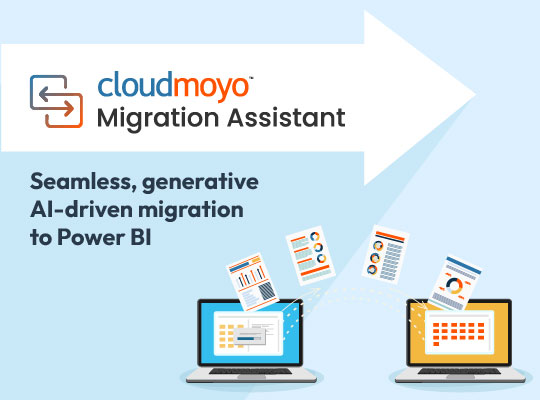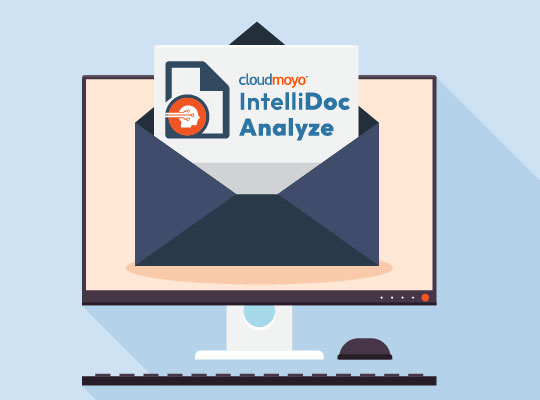The emergence of the data warehouse transformed the business information management landscape which was previously restricted to manual methods, complex & unwieldy spreadsheets and was generally inaccessible to the general users. Its exponential and rapid growth has made companies realizes the value of the data they generate. This gave rise to the environment of cloud data warehouse.
With the fast evolution of data warehouse, most forward-thinking enterprises migrated their data and systems to cloud to expand their network and markets. The birth of an on-premise data warehousing helped the companies in filtering the data, storing and organizing it, and making it easily accessible for the business users.
The Puff of ‘Big Data’
Lately, the concept of ‘Big Data’ became the topic of discussion, concerning the importance of data warehouse. As Ian Dudley defines it “Big data has volume, velocity and variety: it is large, grows at a fast rate, and exists in many different physical formats (video, text, audio, web page, database, etc.). It is not possible to apply traditional warehousing techniques to this sort of data.” This not only reveals the relevancy of data warehouse but also uncovers how a modern data warehouse must look like.
Likewise, the development of data warehouse also uncovers the immediate way you are currently practicing: the requirement for an intense, easy-to-use and economical data warehouse created for the cloud to bank all your data in one-single point and use and analyze it later. Therefore, the modern data warehouse came as an effective data solution.
Managing data with Data Warehouse
The needs of the new trends of data storage came as a blockade for traditional data warehouse. The elements that the users look for in any data warehouse are: real time answer to the query, digital data storage, structured data, increasing data volume, new types of data and data sources, advanced deployment models in the cloud/hybrid, machine learning and advanced analytics. Hence, to support these particular elements, the modern data warehouse was designed. This helps in managing the unstructured/relational data. A modern data warehouse helps manage Big Data while handling fast queries expectations from the users. Through one query model, it makes an easy interface with all kinds of data.
Read 5 benefits of moving your on-prem Data Warehouse to the Cloud
A modern Data Warehouse helps in solving core business issues
The modern data warehouse is changing the face of Big Data and Business Intelligence by providing an easier yet effective and all-powerful way to achieve the requirements of the new trends. Users can stream data in real-time by bridging the stored data from past with the live data.
In previous times, data analytics and business intelligence happened to take place in two different sections of the company. Unlike today, only historical data were accessible for analysis. In the current scenario, it’s different. Businesses will fall slow and under-perform if it comes to just look the data from past and analyze it. Hence, the technicalities of modern data warehouse came with some extra spaces to tackle these business issues.
- Advanced structure for storage: Data lakes ditch the traditional form of storing the data in hierarchical folders. Instead of that, it has a new and advanced flat architecture for storing (raw) data in its unrefined form. It can be stored in its organic form until needed by the users.
- Faster data flow: The modern data warehouse allows data fragmentation like access and analysis of data across the enterprise in real time. This helps in maintaining the agility model and advocates data flow with relatively faster approach.
- Sharing and storing data through IoT: With the advancement of Internet of Thing, sharing and storing of data has become easier. Hence, IoT has changed the face of streaming of data. Businesses, customers, users store data across multiple devices and make it available for other user too.
The cloud data warehouse offers unparalleled flexibility. No longer do organizations have to compromise on value based on how data is entering their system.
Enter Azure SQL Data Warehouse – Microsoft’s modern Cloud Data Warehouse solution
Introduced in 2015, Azure SQL Data Warehouse is a massively parallel processing (MPP) cloud-based, scale-out, relational database capable of processing massive volumes of data. A highly elastic- Azure SQL-based data warehouse is a completely organized and well-managed data warehouse. It does not take more than a few minutes in setting it up and a few seconds to scale its capabilities. It separately scales the capacity of storage and that of the computing. This helps the user to accordingly scale up or scale down the data warehouse, for complex analytical workload or for the archival scenarios, respectively. Hence, it is cost-effective and caters modern data warehouse solutions.
How do you get started with Azure Cloud Data Warehouse
As a Microsoft Gold Partner, CloudMoyo has the expertise in leveraging Microsoft Azure Analytics to offer a complete suite of data warehousing solutions. Our experience starts with development of a data warehouse, implementation of full data warehouse lifecycle with verified methodologies and data warehouse maintenance of its operation and support.
Contact us to learn how a modern cloud data warehouse such as Azure SQL warehouse can enable faster data processing for large volumes.



















